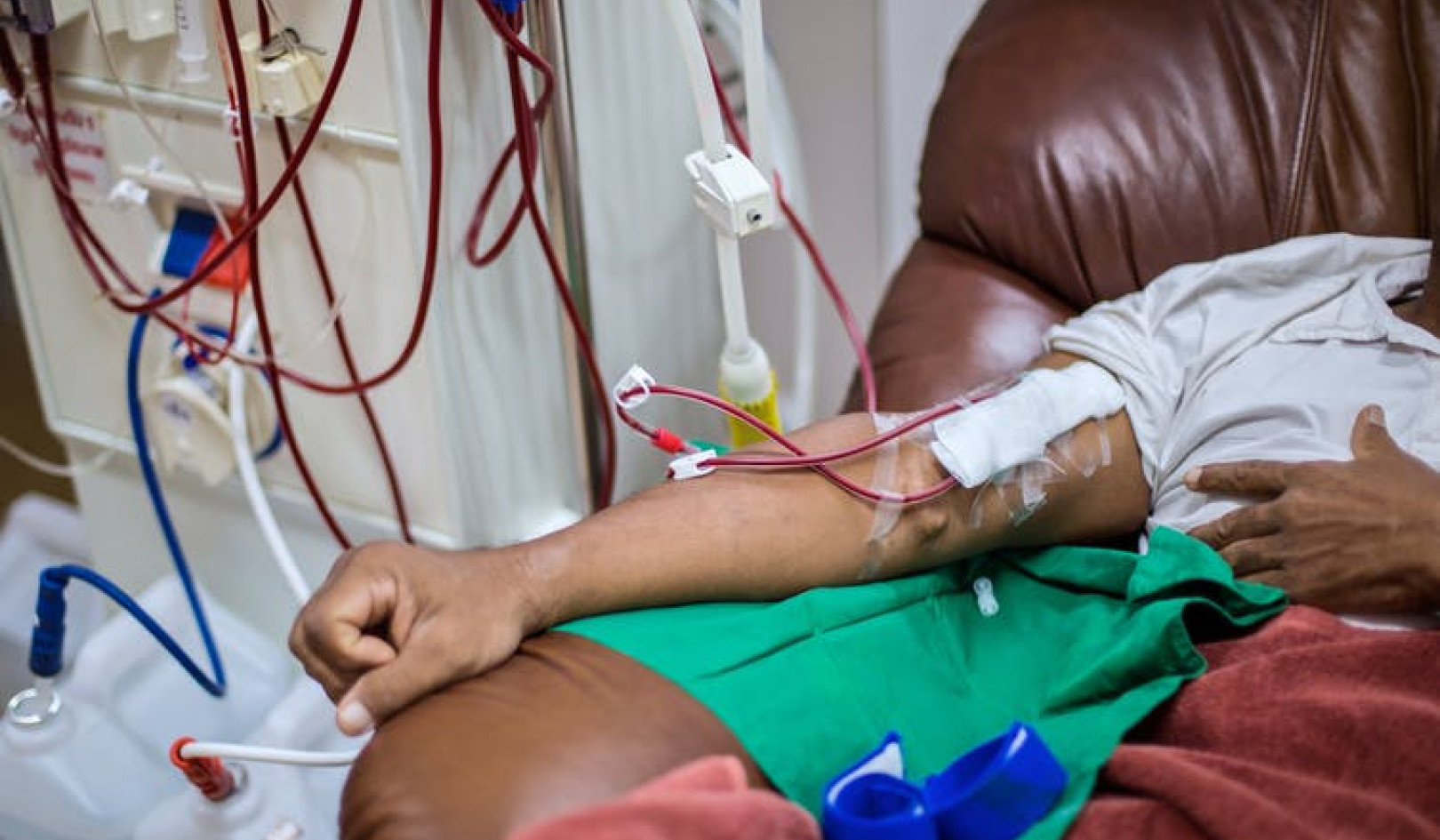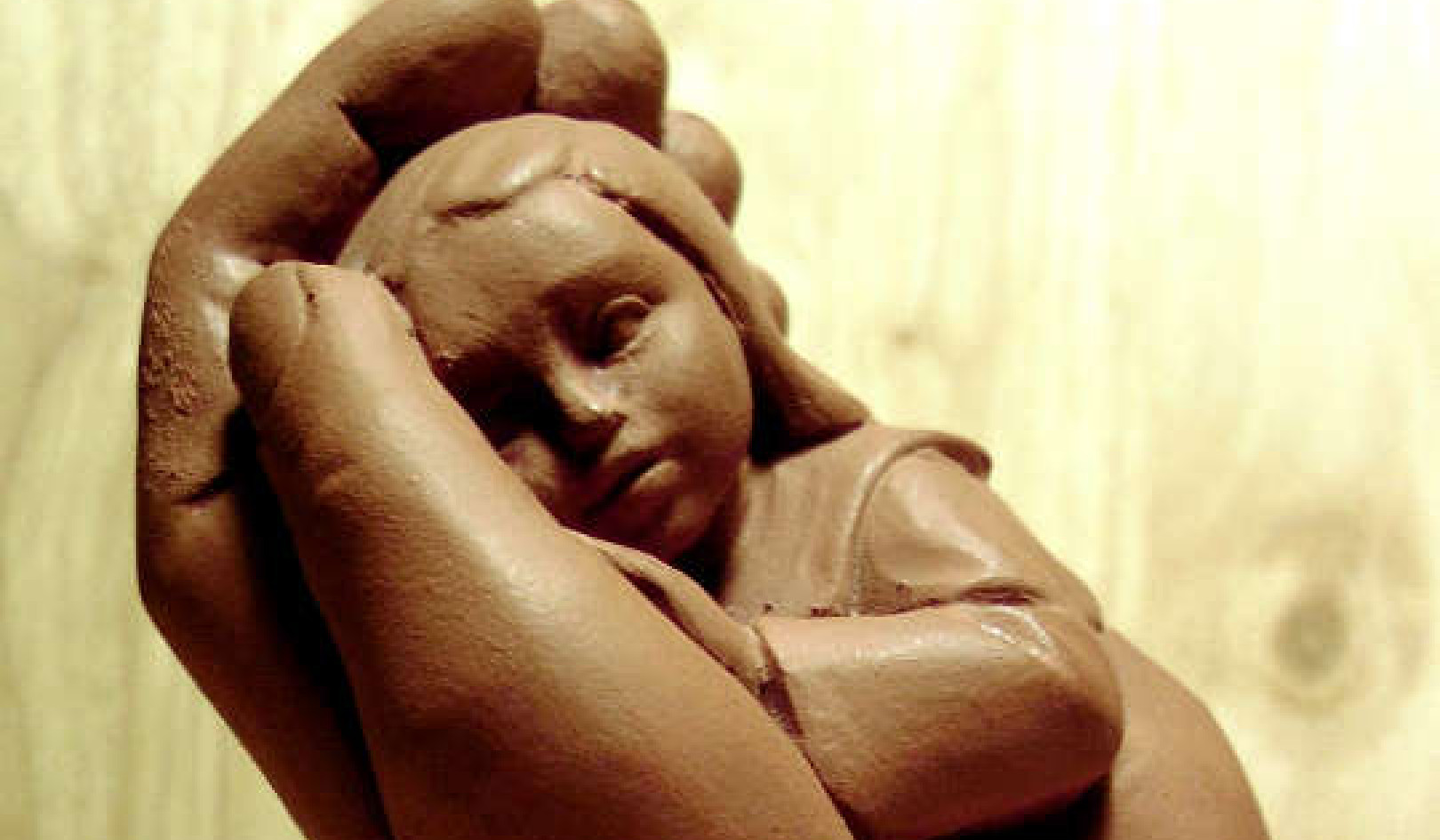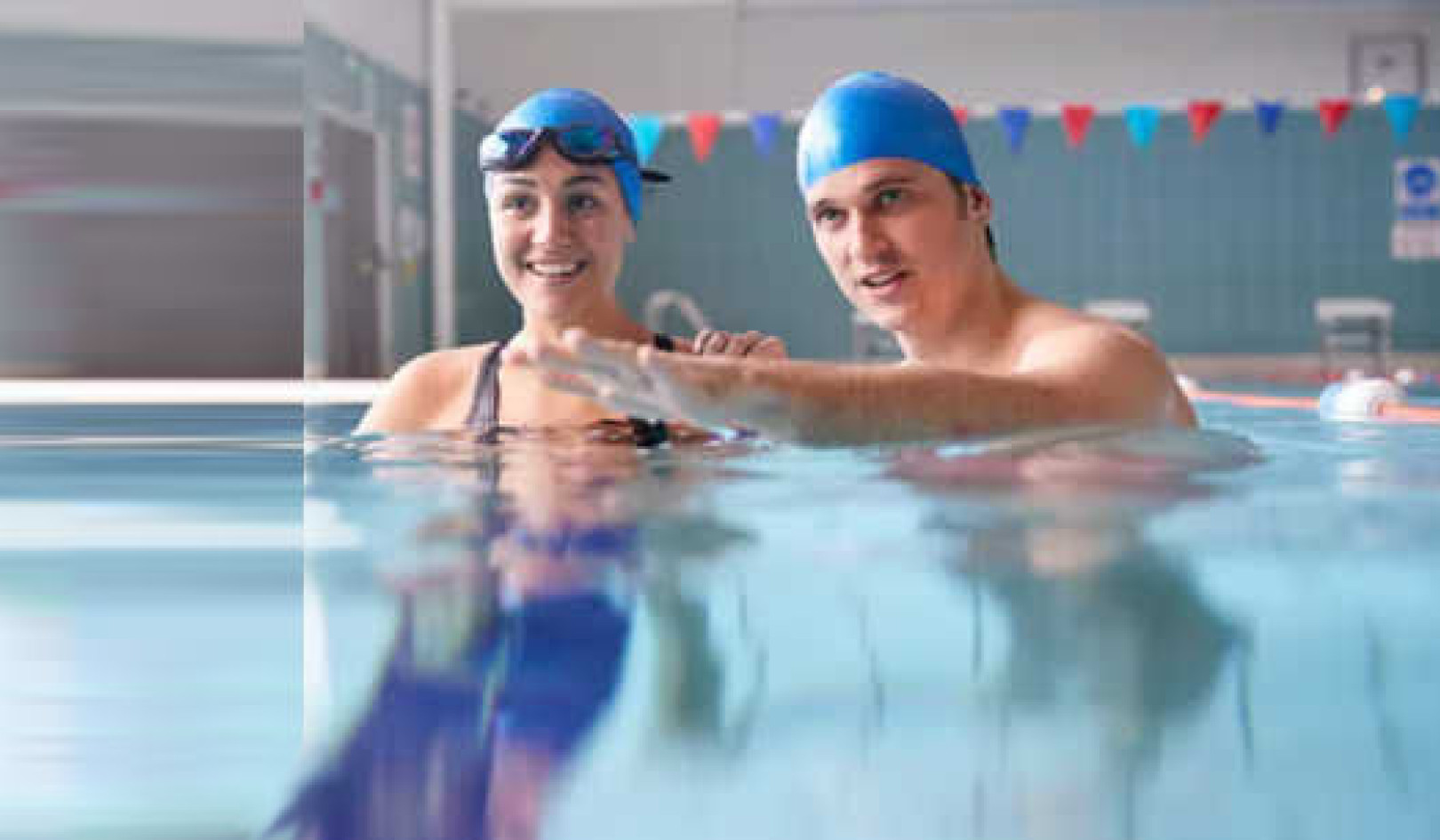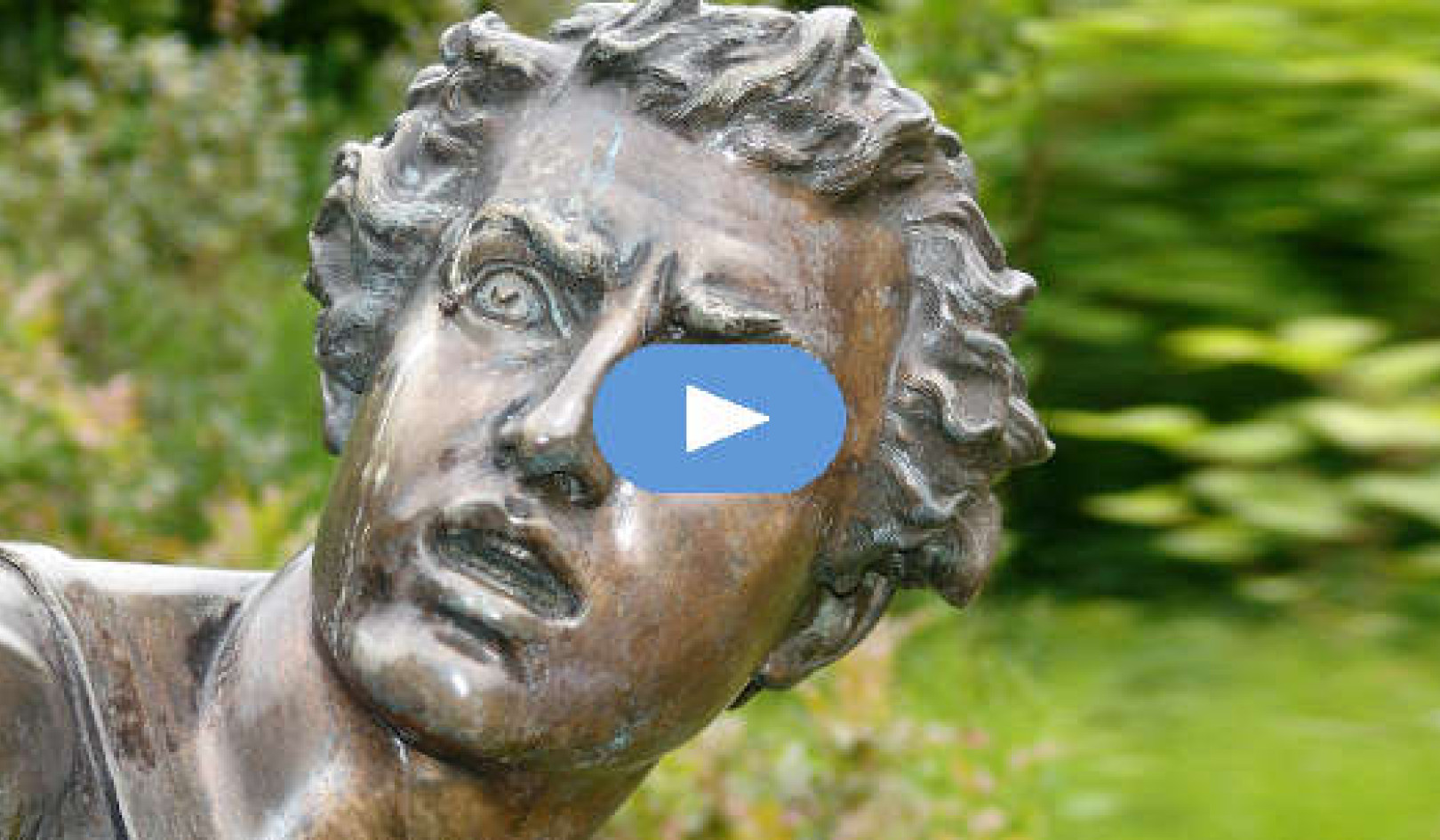
One of the greatest blocks to discovering our nature as bliss is identification with physical pain. When we are in pain, it takes over our identity and clouds our perception until it is relieved. Some of this is a natural physiological response—pain is unpleasant and universally unwanted. However, pain is also mostly unavoidable, particularly as we age or when we are afflicted with chronic illnesses. Quite often, chronic pain becomes the story of our lives, where all our interactions with the world are colored by it. With assigning it truth and value, we make it our identity, the result of which is suffering.
Pain and suffering are two separate issues. We can be in pain but not suffer from it. Suffering is the result of the emotional, social, cultural and psychological components of the pain, which is entirely physical. Pain becomes suffering when we mistake our image of the body to be the body. When we learn to open to the sensation of pain through noticing, a miraculous shift begins to take place. The pain loses its place as the slave master and is seen through for what it is—a conglomeration of sensations and nothing more.
You can try this exercise if you have any pain anywhere in the body. Try it when you have a headache, for instance, or an injury. If you have chronic pain, this exercise will help tremendously to reduce the suffering you might associate with it. The pain might also lessen in intensity or go away. Even if it doesn’t, it will not have the same effect on you.
- Perform this exercise in the lying down position immediately following the “Sensing the Body” exercise above.
- In a completely relaxed state, bring your attention to the sensation of the pain. Here we will use the example of knee pain from arthritis. Notice the sensation without the image of the knee. If you get caught up in the story of how much your knee hurts, what your doctor said about it, how it affects your walking, how you wish it was gone, whether you must try another approach, and so on, gently revert your attention to the sensation. What does it feel like without the label of “pain”? Where is it without the image or thought of a knee? Does it have a color or texture? Is there space around it? Notice that the sensation is pure and devoid of all labels and images. Become interested in the process of noticing.
- Does noticing have any boundaries? Does the process of noticing have any pain? What is doing the noticing? Rest here for as long as you want.
- Use this exercise while you are in motion. Without your stories about the pain, what does it feel like while you are walking? Simply notice without evaluation, judgment or interpretation.
- Notice the spaciousness in which the sensation occurs. You are that which is noticing—spacious, blissful, unaffected by all that occurs in you.
Working with Illness
Having a chronic illness is much like having chronic pain. Even when it is not causing physical pain, illness can become our identity and the way in which we define ourselves. Our naturally spacious bodies become dense and contracted as a result of assigning the weight of truth to illness as the cause of our suffering.
We can work with illness much in the same way as with chronic pain, feeling into the sensations in the body without mind-created images and labels about it. What does heart disease feel like? Set aside your knowledge about how or why it happens, why it should not have happened or how you desperately want to be free of it—these are mental evaluations that have nothing to do with the actual sensations. When they do come up, notice what the associated sensations are like. Where is the anxiety? What does it feel like? Simply notice the sensations. Can you notice the spaciousness in which these sensations arise? What does the process of noticing feel like? What is doing the noticing?
As we work with our bodies in this loving and attentive manner, we begin to see that sensations are delightful arisings in the spaciousness of noticing. We learn to take a step back from the stories that keep us engaged in resistance to sensation and to allow them to be as is. We do nothing to change them, being completely content with the process of noticing.
With this practice, the body becomes light and transparent. It loses the density and heaviness that previously defined it and instead of seeing it as a mass of flesh and bones, we begin to see it as a spaciousness in which sensations arise and subside. Instead of identifying with the sensations, we begin to see that the spaciousness of noticing is who we really are. We stop taking pain, illness, decay or death seriously. Decay and death mean nothing without their associated labels and stories that are based in memory; they have no basis in current experience. We become established in the process as it is occurring now, interested at all times in being here now.
©2018 by Kavitha Chinnaiyan. Reprinted with permission.
Published by Llewellyn Worldwide (www.llewellyn.com)
Article Source
The Heart of Wellness: Bridging Western and Eastern Medicine to Transform Your Relationship with Habits, Lifestyle, and Health
by Kavitha M Chinnaiyan
 Transform your relationship with habits, lifestyle, and disease using Dr. Kavitha Chinnaiyan's remarkable approach to health. Integrating modern medicine and the ancient wisdom of Yoga, Vedanta, and Ayurveda, The Heart of Wellness shows you how to break free of the false assumption that disease is something you need to fight. Instead, you'll explore the mind-body connection and your true nature so that you can end suffering and embrace the unlimited bliss of who you are.
Transform your relationship with habits, lifestyle, and disease using Dr. Kavitha Chinnaiyan's remarkable approach to health. Integrating modern medicine and the ancient wisdom of Yoga, Vedanta, and Ayurveda, The Heart of Wellness shows you how to break free of the false assumption that disease is something you need to fight. Instead, you'll explore the mind-body connection and your true nature so that you can end suffering and embrace the unlimited bliss of who you are.
Click here for more info and/or to order this book.
About the Author
 Kavitha M Chinnaiyan, MD, (Michigan) is an integrative cardiologist at Beaumont Health System and an associate professor of medicine at Oakland University William Beaumont School of Medicine. She was featured as one of the"Best Doctors of America" and has served on several national and international committees. Kavitha has also won several awards and grants for research in cardiology, was awarded the "Seeker of Truth" award for her research endeavors, and appears often on local and national radio and television. She also gives invited talks on ayurveda, medicine and spirituality, and yoga for heart disease. Kavitha created the Heal Your Heart Free Your Soul holistic prevention program and shares its teachings through weekend retreats, workshops, and intensive courses. Visit her online at www.KavithaMD.com.
Kavitha M Chinnaiyan, MD, (Michigan) is an integrative cardiologist at Beaumont Health System and an associate professor of medicine at Oakland University William Beaumont School of Medicine. She was featured as one of the"Best Doctors of America" and has served on several national and international committees. Kavitha has also won several awards and grants for research in cardiology, was awarded the "Seeker of Truth" award for her research endeavors, and appears often on local and national radio and television. She also gives invited talks on ayurveda, medicine and spirituality, and yoga for heart disease. Kavitha created the Heal Your Heart Free Your Soul holistic prevention program and shares its teachings through weekend retreats, workshops, and intensive courses. Visit her online at www.KavithaMD.com.
Books by this Author
at InnerSelf Market and Amazon



























